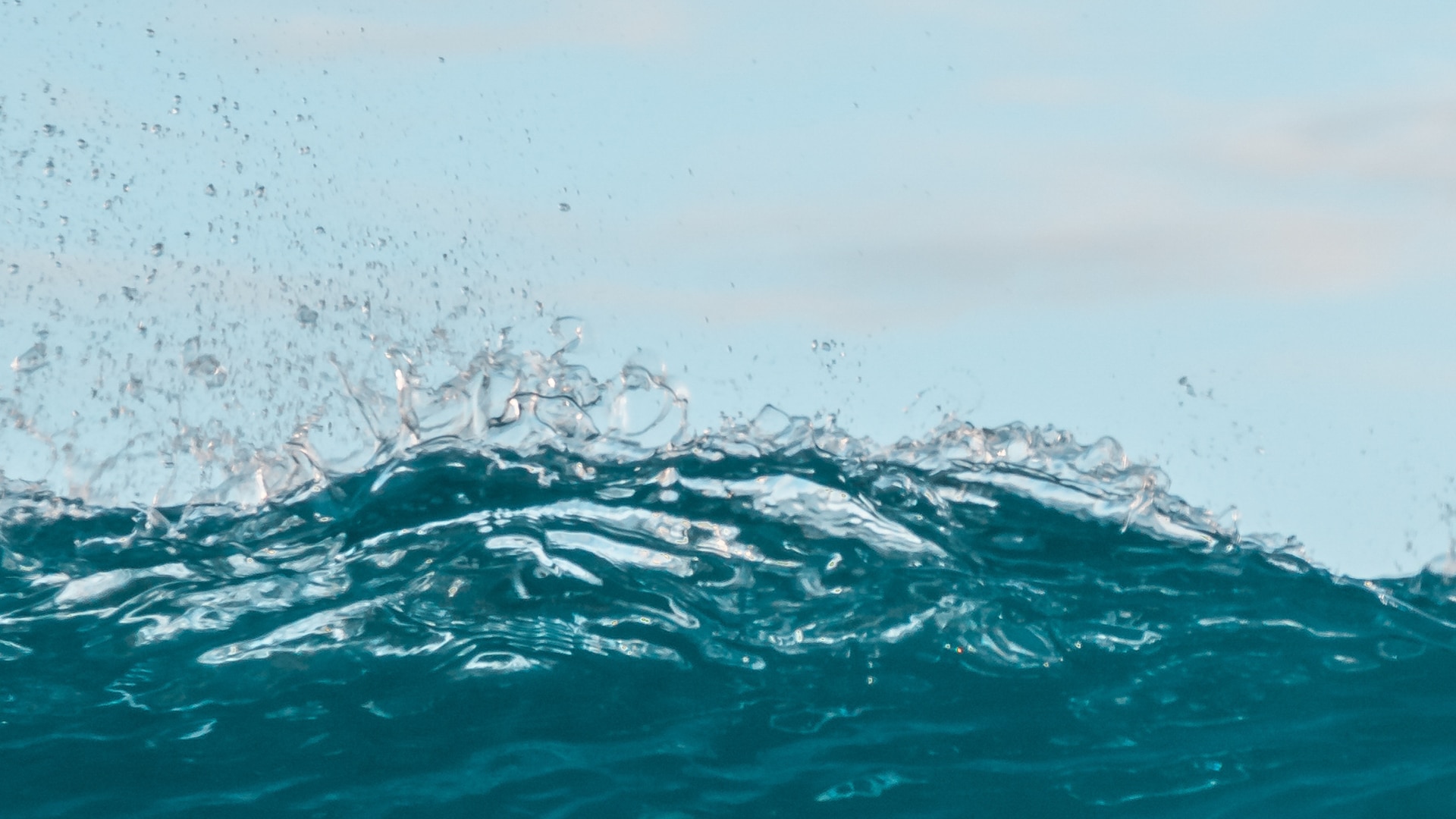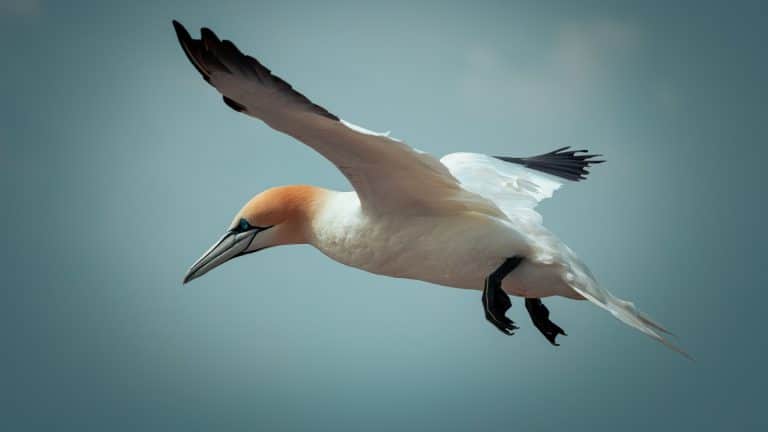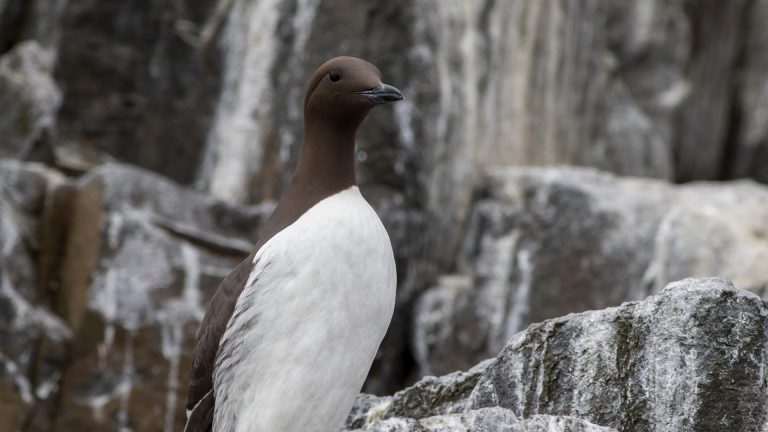How long can a bottlenose dolphin hold its breath?
Cardigan Bay is famous for its resident pod of bottlenose dolphins, only one of two that are residual in the UK. Not only are they exceptionally charming marine mammals who are fascinating to watch, but they have a phenomenal lung capacity. So, how long can a bottlenose dolphin hold its breath? Read on to find out more.
Can dolphins breathe underwater?
With a diet consisting of fish, crustaceans and squid, you might think that because a bottlenose dolphin spends so much time underwater, they are able to breathe whilst hunting on the ocean floor in a similar fashion to fish. The fact is, they are incapable of doing so. When you see pods underneath the surface of the sea, they are actually storing air from the last time they surfaced, holding their breath for an extensive amount of time.
Whilst dolphins, whales and other porpoises are mammals, just like humans, fish are a completely different type of aquatic animal that are able to breathe underwater thanks to their gills. When they gulp water through their mouths, their gills act as a filter that separates the air from the liquid. This is why fish cannot breathe when taken onto dry land, but dolphins are required to surface frequently in order to survive.
How long can a bottlenose dolphin hold its breath?
Dolphins have been known to hold their breath for up to 20 minutes underwater, but the regular maximum time for submersion is considered to be 10 minutes.
Even still, you will see bottlenose dolphins come to the surface around three times per minute to take in air through their blowhole, located at the top of their head. This links directly to their windpipe, just like our own oesophagus, which they can plug over when going underwater to stop any water from entering their nasal cavity.
Why can they hold their breath for longer than us?
Humans need to take a new breath every 30 seconds, so if we too are mammals, then why are we so different to dolphins?
This is because, through many careful years of selective breeding and evolution, bottlenose dolphins have developed amazing ways to survive in an aquatic environment. When they dive, they subconsciously slow and redirect their heart rate. Their body prioritises blood flow to the brain and heart, the two organs which require more oxygen than the rest.
Humans do not naturally take up residence in watery habitats, so we have adapted other means of survival that favour land-based living.
Where can I see bottlenose dolphins in the UK?
Located here at Cardigan Bay in Wales, SeaMor offers dolphin-watching boat trips where you can see our resident pod of around 250 dolphins putting these techniques into practice. We offer a one-hour boat trip to maximise your chance of a porpoise encounter, alongside a half-day charter of one of our vessels and a sunset trip for those looking for a picturesque sky to end their day of exploration in New Quay.
Take a look at SeaMor to book yours online today. If you have more questions like ‘how long can a bottlenose dolphin hold its breath?’, don’t hesitate to ask.




